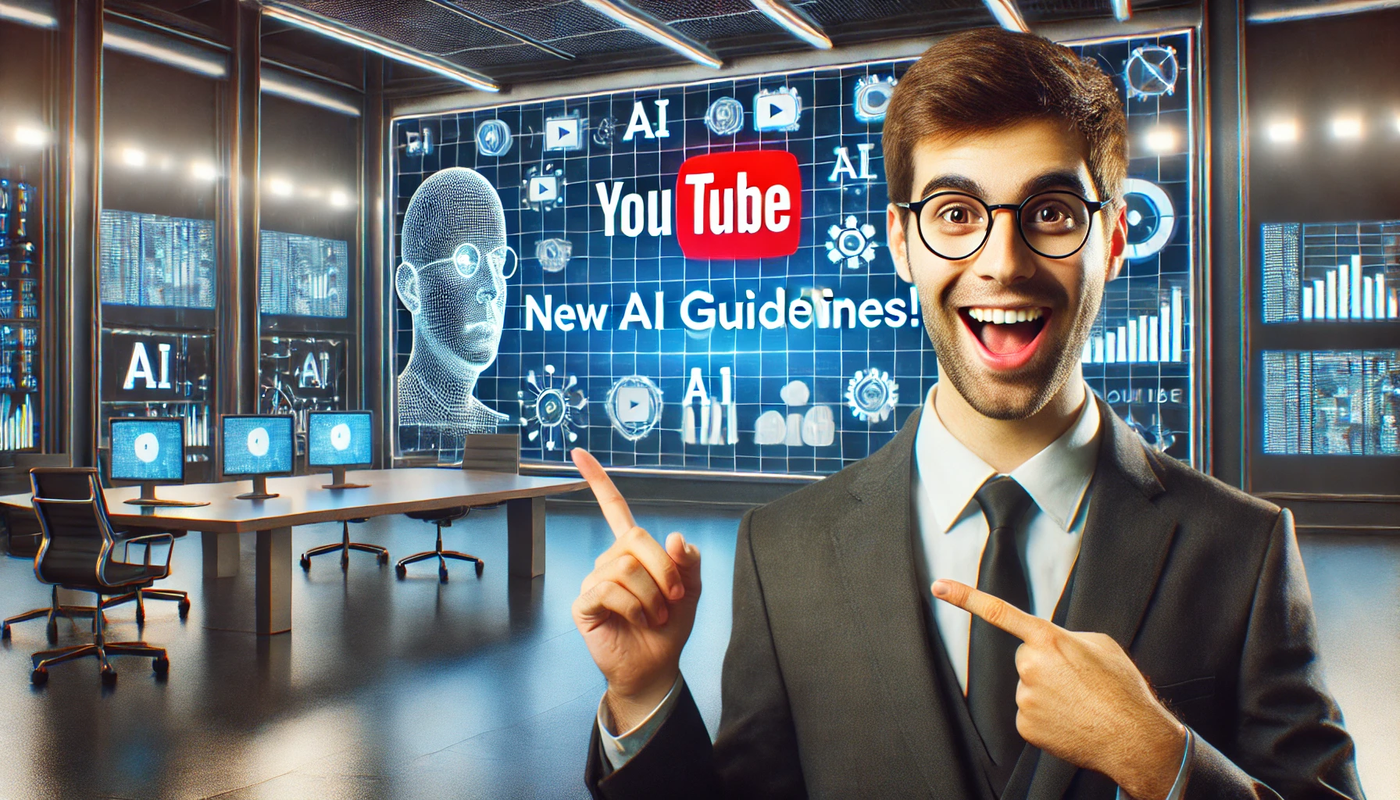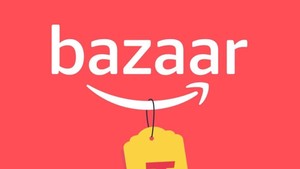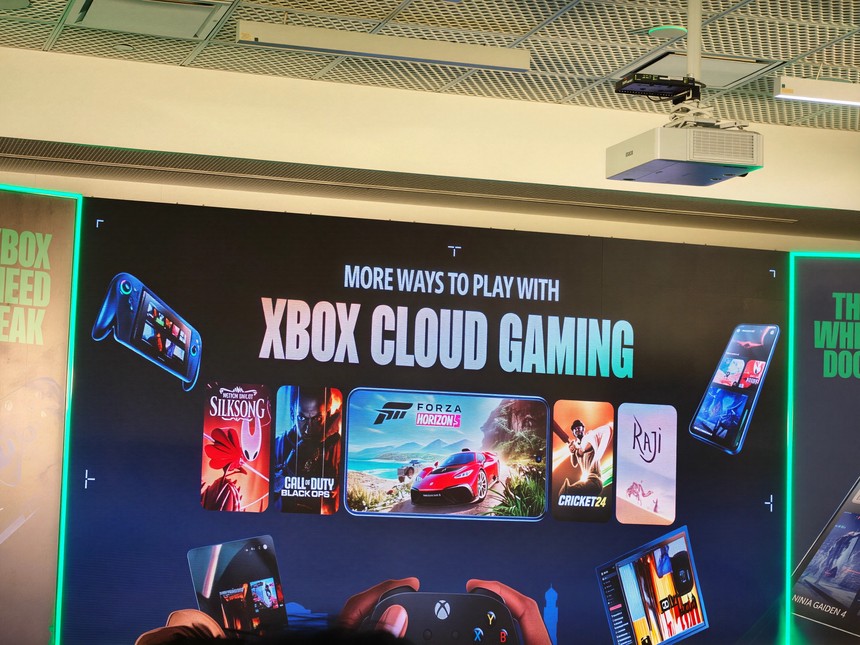YouTube has introduced new guidelines to help viewers identify AI-generated content and address concerns about potential misinformation. Creators will now be required to disclose when their videos are made or altered using AI, and users will have the option to request the removal of specific AI-generated videos through a privacy request process. Here's everything you need to know.
Transparency and Disclosure
To enhance transparency, YouTube's new guidelines mandate that creators clearly label AI-generated content. This is particularly crucial for sensitive topics such as elections, conflicts, public health crises, and public figures. The updates will be implemented over the coming months, with clear labeling required for all AI-generated or altered content.
Labeling and Identification
YouTube will introduce prominent labels on the video player and description panel, indicating that the content is synthetically created or altered. This initiative aims to prevent viewers from being misled by AI-generated media, ensuring they understand the nature of the content they are consuming.
Community Guidelines Enforcement
In cases where labeling alone is insufficient, YouTube will remove synthetic media that violates Community Guidelines, regardless of the labeling. This strict approach underscores YouTube's commitment to maintaining content integrity and protecting viewers from potential harm.
User Empowerment
YouTube will empower users to request the removal of specific AI-generated or altered content through a privacy request process. These requests will be evaluated based on factors such as whether the content is parody or satire, the unique identification of the requester, and the involvement of public officials or well-known individuals. Higher scrutiny will be applied to content featuring public figures.
Penalties for Non-Compliance
Creators who fail to comply with the new disclosure requirements may face penalties, including content removal, suspension from the YouTube Partner Program, or other disciplinary actions. YouTube's privacy complaint process will allow uploaders to address potential violations:
- If a privacy complaint is filed, YouTube may give the uploader an opportunity to remove or edit the private information within their video.
- The uploader will be notified of the potential violation and may be given 48 hours to act on the complaint, using the Trim or Blur tools available in YouTube Studio.
- If the uploader chooses to remove the video, the complaint will be closed. If the potential privacy violation remains, the YouTube Team will review the complaint.
Conclusion
YouTube's new guidelines for AI-based videos are a significant step towards ensuring transparency and protecting viewers from misinformation. By requiring clear disclosure of AI-generated content and providing users with the power to request removals, YouTube aims to maintain a trustworthy and safe platform.














